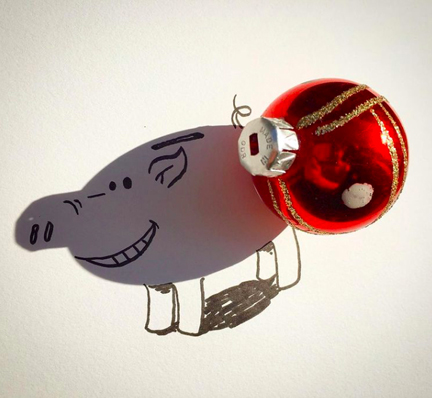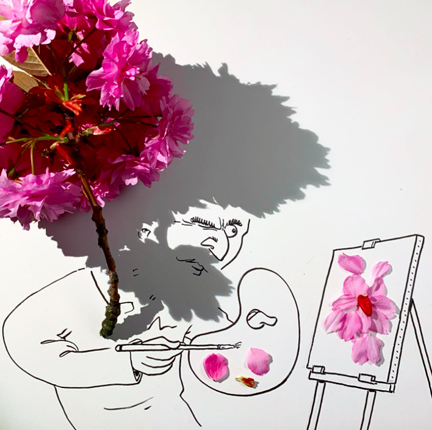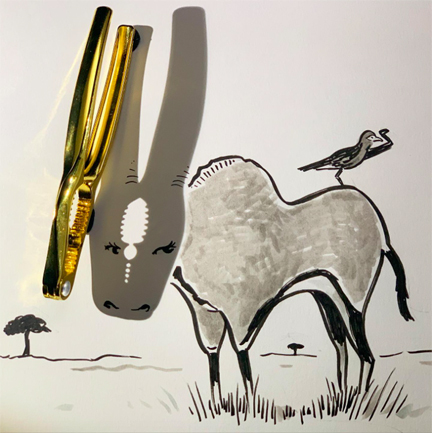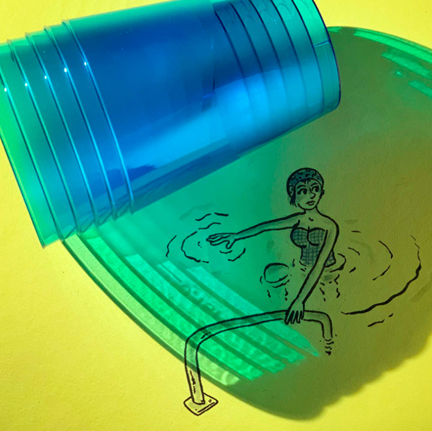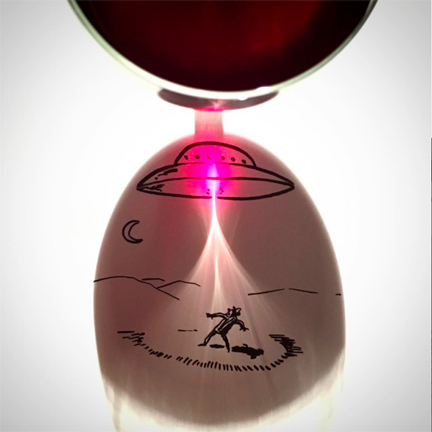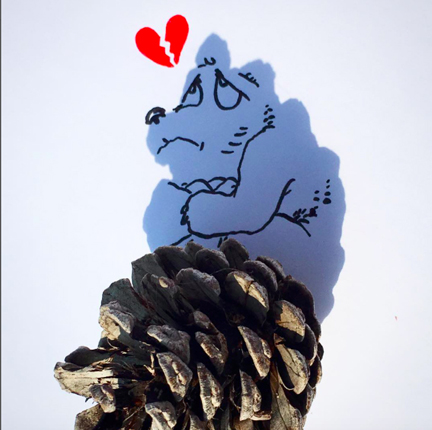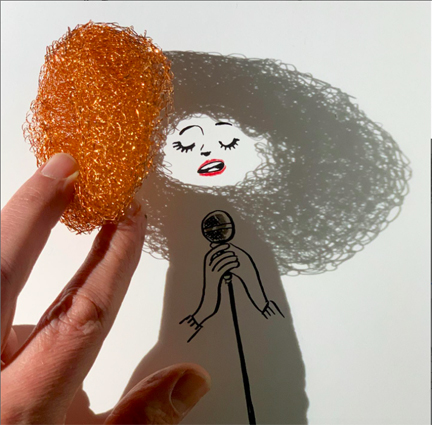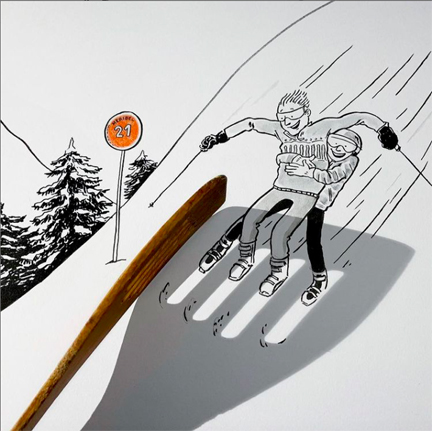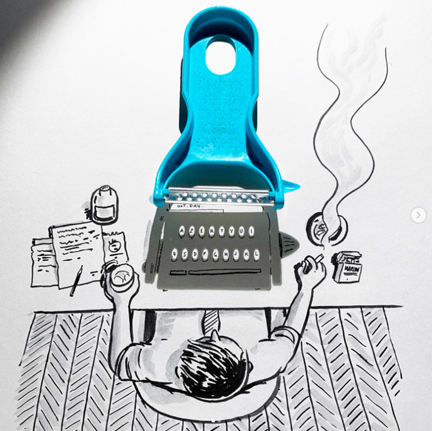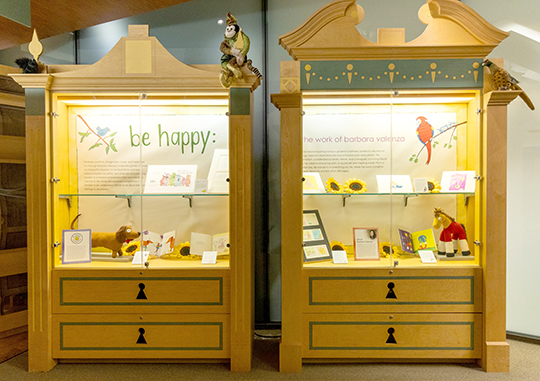
Come experience joy, happiness, and sunflowers! Katie and I have coordinated gallery exhibits together (see Toni & Slade Morrison here, and unusual versions of fairy tales here), but our current exhibit is one we truly put our entire hearts into. “Be Happy: The Work of Barbara Valenza” is a tribute to the children’s books, original artwork, and handmade stuffed animals created by the talented Barbara Valenza. The exhibit runs through May 30th at the Cotsen Children’s Library.
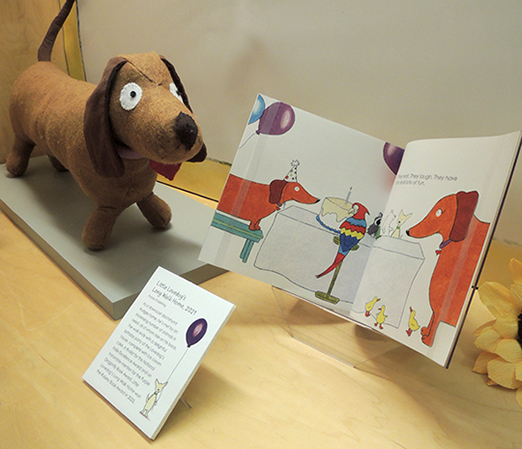
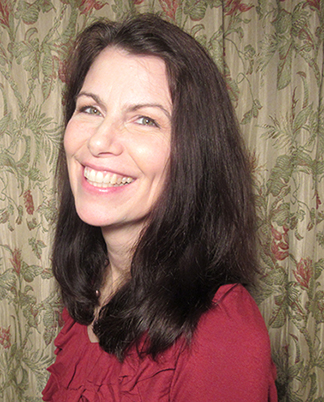 Originally hailing from Columbus, Ohio, Barbara Hess Valenza (1961-2024) earned a B.A. in Communications and Theatre from Miami University (Oxford, Ohio) and began her career in New York City in the art department of Jim Henson Productions. In 2011, she transitioned to Princeton University as the Assistant Director of Graphic Services and The Digital Print Center, and then as the inaugural Director of Library Communications in 2017. A long-time resident of Hopewell, New Jersey, she and her husband, Mark, raised their two children — Laura and Nathaniel — with much love and laughter. Barbara believed in the positive power of art and literature, and, as a talented and giving artist, honored the responsibility and privilege that comes with creating.
Originally hailing from Columbus, Ohio, Barbara Hess Valenza (1961-2024) earned a B.A. in Communications and Theatre from Miami University (Oxford, Ohio) and began her career in New York City in the art department of Jim Henson Productions. In 2011, she transitioned to Princeton University as the Assistant Director of Graphic Services and The Digital Print Center, and then as the inaugural Director of Library Communications in 2017. A long-time resident of Hopewell, New Jersey, she and her husband, Mark, raised their two children — Laura and Nathaniel — with much love and laughter. Barbara believed in the positive power of art and literature, and, as a talented and giving artist, honored the responsibility and privilege that comes with creating.
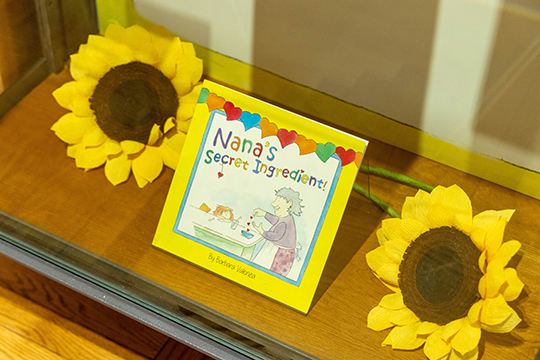 Kindness, positivity, imagination, hope, and happiness run through Barbara’s works like golden threads on a beautiful tapestry. In her illustrations and words, Barbara shared her artistic soul while also encouraging readers to embrace and express their own creativity. Central to her stories are personal connections — families to be celebrated, friends to be discovered, and feelings to be shared.
Kindness, positivity, imagination, hope, and happiness run through Barbara’s works like golden threads on a beautiful tapestry. In her illustrations and words, Barbara shared her artistic soul while also encouraging readers to embrace and express their own creativity. Central to her stories are personal connections — families to be celebrated, friends to be discovered, and feelings to be shared.
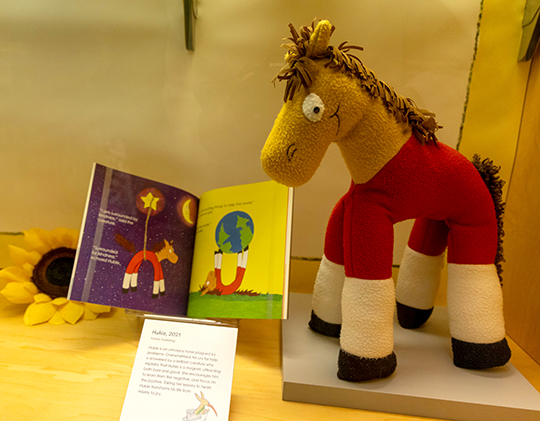 From bears in bursting rainbow gardens to birthday parties for dachshund dogs, Barbara’s illustrations are vivid and bold; joyful and jubilant. The exhibition, coordinated by family, friends, and colleagues, is a loving tribute to her creative and giving spirit. To quote Barbara’s own inspiring words: This is a great day. Be wonderful in everything you do. Make the world a brighter place. Have lots and lots of fun. Be happy.
From bears in bursting rainbow gardens to birthday parties for dachshund dogs, Barbara’s illustrations are vivid and bold; joyful and jubilant. The exhibition, coordinated by family, friends, and colleagues, is a loving tribute to her creative and giving spirit. To quote Barbara’s own inspiring words: This is a great day. Be wonderful in everything you do. Make the world a brighter place. Have lots and lots of fun. Be happy.
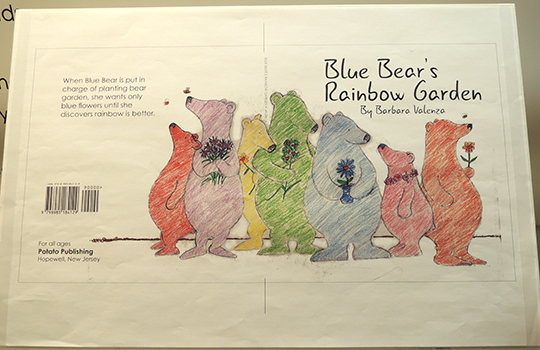
We were very lucky to host not one, but two of Barbara’s special books at our story time program! The first was for Little Lovedog’s Long Walk Home (Potato Publishing, 2021), which Barbara read to our community in 2023. The second story time was for Hubie (Potato Publishing, 2021), which I read in honor of the exhibit’s opening.
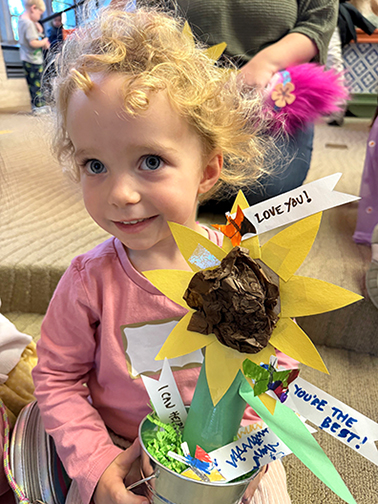
Now we’d like to share the love with you! We’re giving away two copies of Little Lovedog and two copies of Hubie. Simply email danas@princeton.edu to enter the drawing. We will randomly select four winners on 05/01/25, contact you via email, and mail them to you!
Exhibit images courtesy of Brandon Johnson. Author image courtesy of the Valenza family.

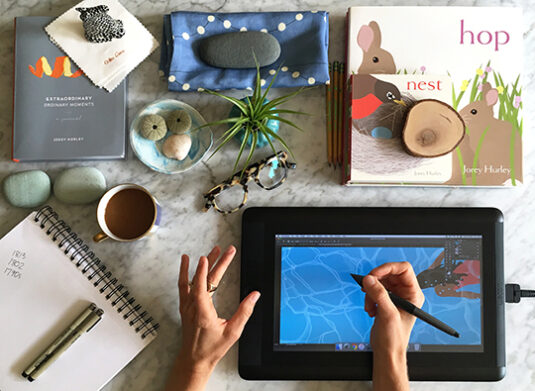
 I wake up early and draw every morning with coffee. My studio is on the ground floor of our house. I create my art digitally, and I’ve cycled through various types of tablet and various drawing programs – there are lots of good options. Recently I like Procreate with an iPad pro.
I wake up early and draw every morning with coffee. My studio is on the ground floor of our house. I create my art digitally, and I’ve cycled through various types of tablet and various drawing programs – there are lots of good options. Recently I like Procreate with an iPad pro.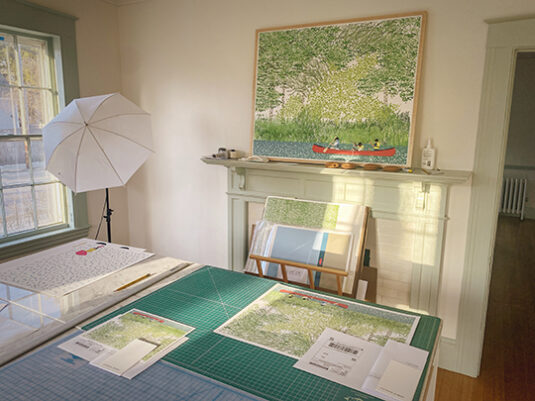 This is the room I use for layout, framing, anything that benefits from great light. It’s basically just windows and a big table.
This is the room I use for layout, framing, anything that benefits from great light. It’s basically just windows and a big table.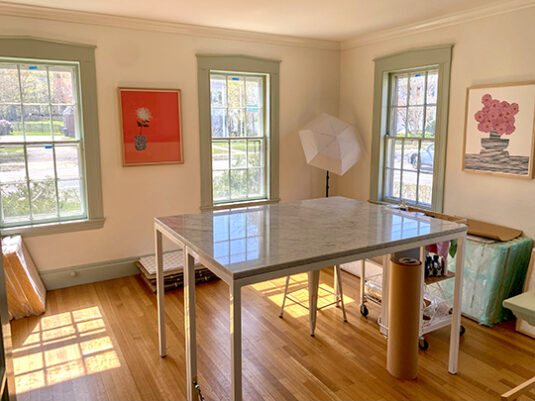 Here you can see the table in an unusually clean state. Our house, where my studio is, was built in 1845, so it has great natural light. The windows still have the original glass, which is a little wavy, and I love how that softens everything.
Here you can see the table in an unusually clean state. Our house, where my studio is, was built in 1845, so it has great natural light. The windows still have the original glass, which is a little wavy, and I love how that softens everything. I spent most of my time in the computer and printer room. I have my big monitor here and in the winter I put a heated carpet under my desk (we’re in New England so it’s chilly) and my dog loves that. In the late afternoon there’s really great light – it’s my favorite time in the studio especially in the spring and summer when the days are long.
I spent most of my time in the computer and printer room. I have my big monitor here and in the winter I put a heated carpet under my desk (we’re in New England so it’s chilly) and my dog loves that. In the late afternoon there’s really great light – it’s my favorite time in the studio especially in the spring and summer when the days are long.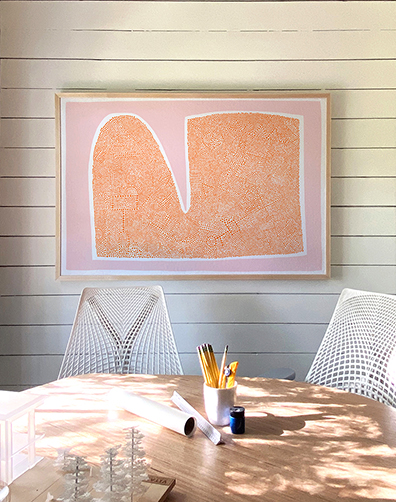 This room is for zoom calls and collaborative work.
This room is for zoom calls and collaborative work.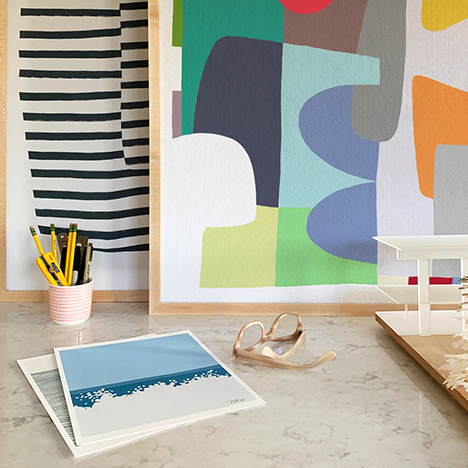
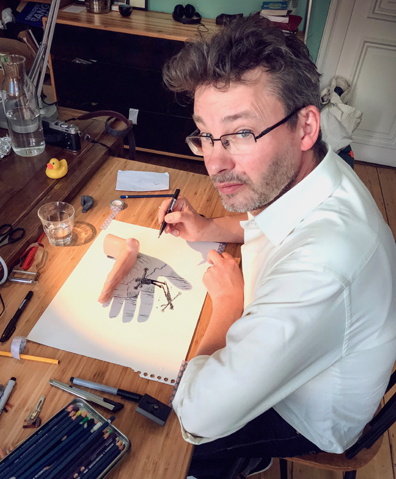 It began with a spontaneous teacup doodle, and has steadily grown into printed postcards, calendars, two excellent books (Shadowology and Shadow World), and a dedicated
It began with a spontaneous teacup doodle, and has steadily grown into printed postcards, calendars, two excellent books (Shadowology and Shadow World), and a dedicated 